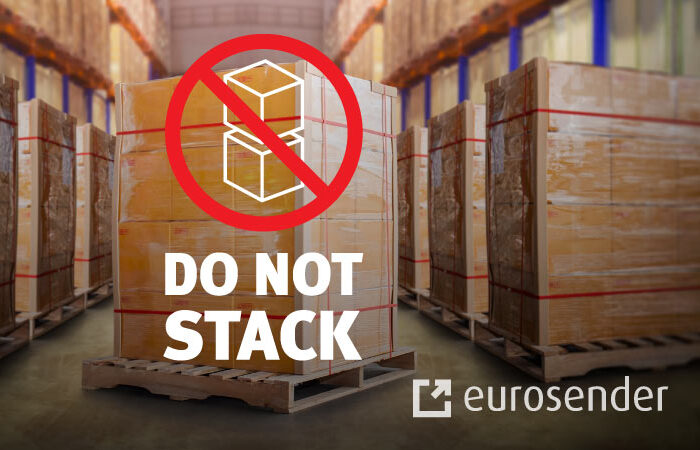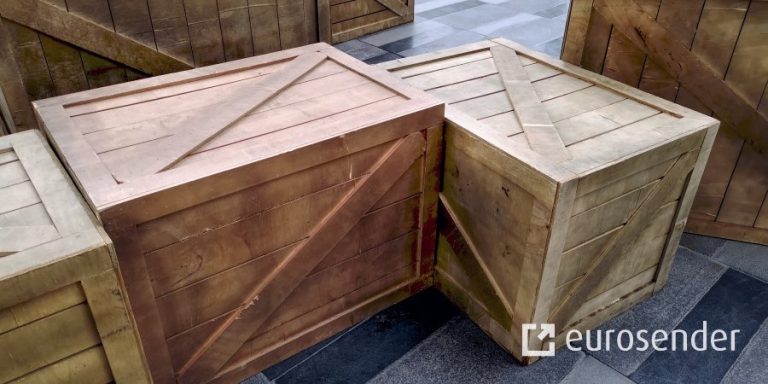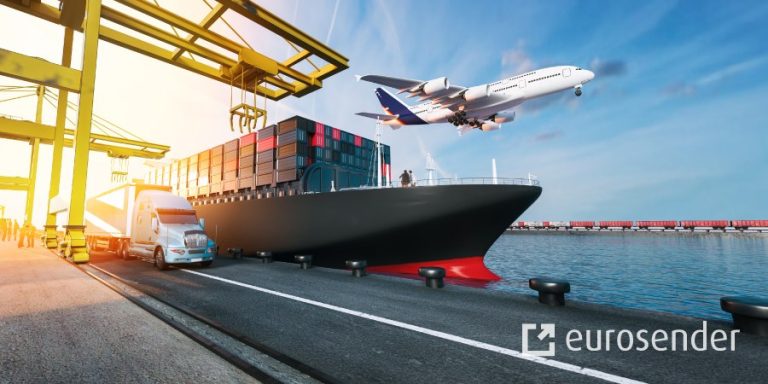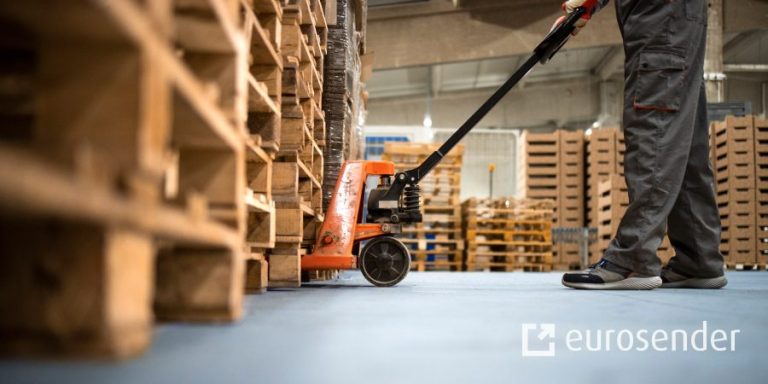What is the difference between stackable and non-stackable pallets?
Key takeaways
- Stackable pallets can have items stacked on them, while non-stackable pallets cannot, often used for fragile or irregularly shaped items.
- Non-stackable cargo typically incurs higher shipping costs due to taking up more space, requiring careful packing and secure strapping.
- Stackable pallets are more cost-effective, maximizing truck space and reducing freight costs and handling time.
- Choose stackable pallets when possible to save on shipping and improve efficiency, but prioritize safety for sensitive items with non-stackable options.
The difference between stackable and non-stackable pallets is quite self-explanatory: stackable pallets can have other freight stacked on top of them, while non-stackable pallets cannot. When placing your order, you will need to confirm if you are shipping stackable or non-stackable cargo, as this will affect the price. Read on to find out more about how shipping non-stackable pallets works.
Create an account for free!
What is non-stackable cargo?
Non-stackable cargo means that other items cannot be stacked on top due to the irregular size or shape of the shipment. Non-stackable pallets are mostly used for shipping fragile items, as these cannot support the weight of other cargo on top.
The delivery of non-stackable pallets is more expensive than stackable pallets, since non-stackable pallets take up more space for the carrier. When booking a pallet delivery with Eurosender, it is very important to indicate whether your cargo is stackable or non-stackable so that we can find a suitable solution and prevent unexpected surcharges.
Read also:
Examples of non-stackable cargo
When preparing your pallet for transport, try to make the load as even as possible even if it is a non-stackable item. Examples of shipments that are normally unstackable are:
- Tubes or cylindrical items
- Fragile cargo (e.g. statues)
- Bulky or irregular items (e.g. motorbikes)
How to pack non-stackable cargo for transport
When shipping non-stackable cargo, you will need to follow some important steps during the packaging stage to prevent issues with your delivery:
- Load heavier goods on the bottom of the pallet.
- You can add a non-stackable cone on top and warning labels on all sides of the pallet.
- Unpackaged or exposed items should be covered with a crate or box on top.
- Cover heavy tubes or cylinders with a sheet of wood to create a level surface.
- Make sure that the items are securely strapped and not hanging over the sides.
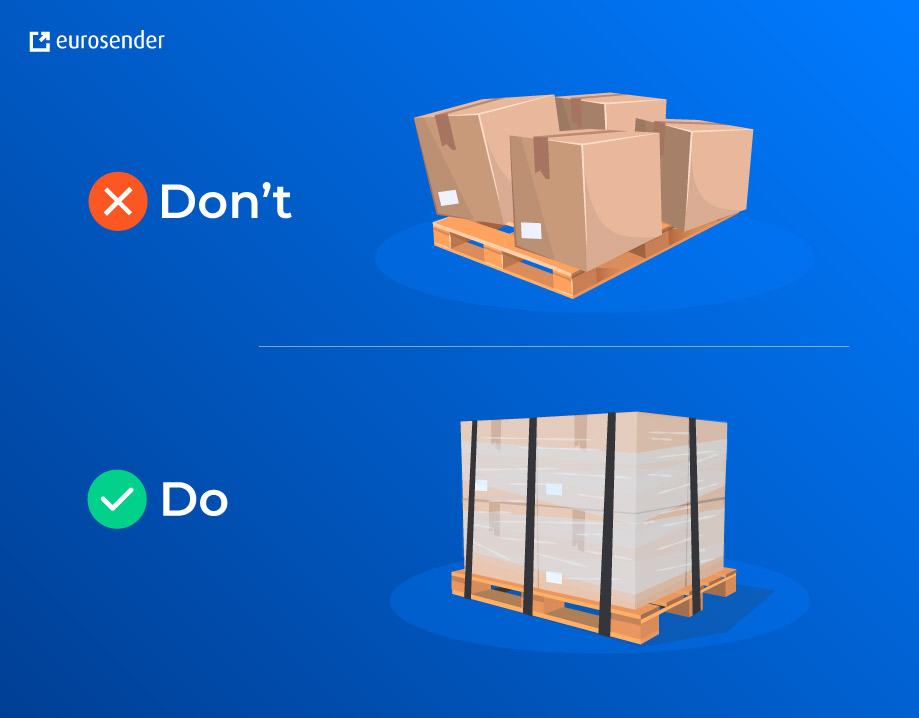
Differences between stackable vs non-stackable pallets: which is better?
The differences between stackable and non-stackable pallets go beyond whether they can be piled on top of each other or not. Stackable pallets are easier to handle and allow the logistics providers to maximise the space inside the truck by filling up the space as much as possible.
Stackable shipments also lead to reduced freight costs when compared to non-stackable. This happens because since the space of the truck is optimised, each truck can have more pallets and make more deliveries per run.
However, some shipments are sensitive and cannot be stacked. In such cases, the additional price for booking a non-stackable cargo shipping service is worth paying for safety reasons.
Which to choose: stackable vs non-stackable pallets
Considering the above-mentioned differences between stackable vs non-stackable pallets, we advise opting for stackable pallets whenever possible. This is because:
- Stackable pallets cost less to ship, as they take up less space in the truck.
- They save time during load/unloading since they can be moved as one unit.
- When not in transit, stacked cargo takes up less space in storage facilities.
- Stackable cargo allows for more efficient route planning.
How are rates for non-stackable cargo calculated?
Freight shipping quotes are normally calculated using volumetric weight, and this also applies to non-stackable cargo. If your cargo is not stackable or has non-standard dimensions, you pay for the space you physically use but also the truck space you prevent others from using.
Since different truck sizes are used, this will also be taken into consideration when calculating the non-stackable cargo shipping rate. For example, for a non-stackable pallet of 120 x 80 x 80 cm, carriers may well calculate the volumetric weight using dimensions of 120 x 80 x 270-300 cm (the height of most standard semi trailers).
Please note that when measuring your non-stackable cargo, you should use the furthest dimensions or highest point of your load.
You may also be interested in:
- Calculating volumetric weight for freight
- How to get pallet shipping quotes
- Standard pallet dimensions
Eurosender solutions for shipping non-stackable pallets
Even though many carriers refuse to take non-stackable shipments, at Eurosender, we are proud to offer solutions for every type of request. Since we work with a vast network of logistics providers, we are always able to find solutions for unique shipping needs.
If you are shipping non-stackable pallets, we recommend contacting our logistics experts, who can advise further or offer you a solution tailored to your specific needs. In this case, your non-stackable pallet shipment will be noted in advance to avoid refusal or unexpected surcharges from the carrier.
Interested in learning more about pallet and freight shipping? Check all our articles about pallet deliveries.
Create an account for free!
About the author
Marcel Nahtigal is the Head of Marketing at Eurosender, blending creativity with data-driven strategies to revolutionize logistics.
